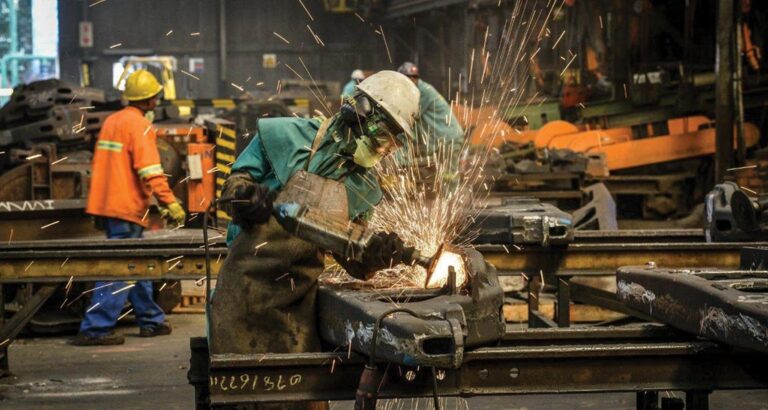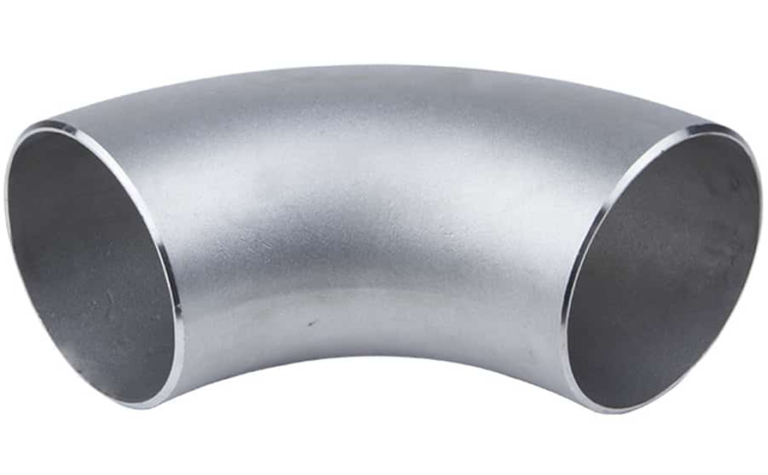The difference between 304, 304L, 316, and 316L stainless steel
The difference between 304 and 304L stainless steel
The difference between 304, 304L, 316, 316L
Stainless steel is a type of steel. Steel refers to steel that contains less than 2% carbon.
In industrial society, the use of stainless steel is very common, almost in every corner of our life and work.
Of course, the most widely used stainless steel mainly includes four specifications, namely 304 stainless steel, 304L stainless steel, 316 stainless steel and 316L stainless steel.
The stainless steel products produced by Metleader have been exported to more than 80 countries and regions and have received praise from many customers.
Especially in cooperation in the industrial field, our stainless steel products have shown excellent performance and surprising work efficiency. , excellently helping customers achieve efficient production.
If you are interested in our products, you can contact us at any time, we will provide excellent product services and competitive prices.
The difference between 304 and 304L stainless steel
According to the carbon content, we can see the difference between 304 and 304L stainless steel.
| Grade | C | Si | Mn | Cr | Ni | Mo | S | P |
|---|---|---|---|---|---|---|---|---|
| 304 | 0,08 | 1,0 | 2 | 18 – 20 | 8 – 11 | – | 0,03 | 0,045 |
| 304L | 0,035 | 1,0 | 2 | 18 – 20 | 8 – 12 | – | 0,03 | 0,045 |
In terms of mechanical properties, we can also see the difference between 304 and 304L stainless steel.
| Grade | Tensile Strength(Mpa) | Yield Point(Mpa) | Elongation(%) |
|---|---|---|---|
| TP304 | 515 | 205 | 35 |
| TP304L | 485 | 170 | 35 |
What is 304 stainless steel
304 stainless steel is a common material in stainless steel, containing more than 18% chromium and more than 8% nickel.
It is resistant to high temperatures of 800°C, has good processing performance and high toughness, and is widely used in industrial and furniture decoration industries and food and medicine. industry.
304 is a versatile stainless steel that is widely used to make equipment and parts that require good comprehensive properties (corrosion resistance and formability).
In order to maintain the inherent corrosion resistance of stainless steel, the steel must contain more than 18% chromium and more than 8% nickel.
304 stainless steel is a brand of stainless steel produced in accordance with American ASTM standards.
304 stainless steel chemical composition
| Standard | Grade | C | Mn | P | S | Si | Cr | Ni | N |
|---|---|---|---|---|---|---|---|---|---|
| ASTM A240 | 304 | ≤0.07 | ≤2.00 | 0.045 | 0.030 | 1.00 | 17.5-19.5 | 8.0-10.5 | ≤0.10 |
| ASTM A312 | TP 304 | ≤0.08 | ≤2.00 | 0.045 | 0.030 | 1.00 | 18.0-20.0 | 8.0-11 | ≤0.10 |
| EN 10028-7 | 1.4301 | ≤0.07 | ≤2.00 | 0.045 | 0.030 | 1.00 | 17.5-19.5 | 8.0-10.5 | ≤0.10 |
| EN 10088-2 | 1.4301 | ≤0.07 | ≤2.0 | 0.045 | 0.030 | 1.00 | 17.5-19.5 | 8.0-10.5 | ≤0.10 |
| EN 10088-3 | 1.4301 | ≤0.07 | ≤2.00 | 0.045 | 0.030 | 1.00 | 17.5-19.5 | 8.0-10.5 | ≤0.10 |
| EN 10088-4 | 1.4301 | ≤0.07 | ≤2.0 | 0.045 | 0.030 | 1.00 | 17.5-19.5 | 8.0-10.5 | ≤0.10 |
What is 316 stainless steel
316 stainless steel is a molybdenum-containing stainless steel.
It adds molybdenum element to 304 stainless steel, thereby improving corrosion resistance and high temperature resistance.
316 stainless steel is a high-performance austenitic stainless steel known for its excellent corrosion resistance and high temperature resistance, and is suitable for multiple industrial and consumer fields.
316 stainless steel chemical composition
| Standard | Grade | C | Mn | P | S | Cr | Ni | Mo | N | Iron |
|---|---|---|---|---|---|---|---|---|---|---|
| ASME II A SA-240 | 316 | ≤0.080 | ≤2.00 | ≤0.045 | ≤0.030 | 16.0-18.0 | 10.0-14.0 | 2.00-3.00 | ≤0.10 | Bal. |
| ASTM A240 | 316 | ≤0.080 | ≤2.00 | ≤0.045 | ≤0.030 | 16.0-18.0 | 10.0-14.0 | 2.00-3.00 | ≤0.10 | Bal. |
| EN 10088-2 | 1.4401 | ≤0.070 | ≤2.0 | ≤0.045 | ≤0.030 | 16.5-18.5 | 10.0-13.0 | 2.0-2.5 | ≤0.10 | Bal. |
What is 316L stainless steel
316L stainless steel is an austenitic stainless steel that contains less carbon.
Its carbon content is approximately 0.03%, which is much lower than the 0.75% of standard 316 stainless steel.
This low carbon content gives 316L stainless steel good corrosion resistance and high temperature resistance, especially in chloride environments.
316L stainless steel is commonly used in medical devices, the food industry, and other areas where good corrosion resistance is required.
316L stainless steel is a high-quality stainless steel material suitable for a variety of harsh environments, especially suitable for occasions that require high corrosion resistance and high temperature resistance.
316L stainless steel chemical composition
| Standard | Grade | C | Mn | P | S | Cr | Ni | Mo | N | Iron |
|---|---|---|---|---|---|---|---|---|---|---|
| ASME II A SA-240 | 316L | ≤0.030 | ≤2.00 | ≤0.045 | ≤0.030 | 16.0-18.0 | 10.0-14.0 | 2.00-3.00 | ≤0.10 | Bal. |
| ASTM A240 | 316L | ≤0.030 | ≤2.00 | ≤0.045 | ≤0.030 | 16.0-18.0 | 10.0-14.0 | 2.00-3.00 | ≤0.10 | Bal. |
| EN 10088-2 | 1.4404 | ≤0.030 | ≤2.0 | ≤0.045 | ≤0.030 | 16.5-18.5 | 10.0-13.0 | 2.0-2.5 | ≤0.10 | Bal. |
The difference between 304, 304L, 316, 316L
| Grade | C | Si | Mn | P | S | N | Cr | Ni | Mo | Iron |
|---|---|---|---|---|---|---|---|---|---|---|
| 304 | 0.08 | 1.00 | 2.00 | 0.045 | 0.030 | 0.10 | 18 – 20 | 8.0 – 10.5 | – | Bal. |
| 316 | 0.08 | 1.00 | 2.00 | 0.045 | 0.030 | 0.10 | 16 – 18 | 10.0 – 14.0 | 2.0 – 3.0 | Bal. |
| C | Mn | P | S | Si | Ni | Cr | Mo | N | |
|---|---|---|---|---|---|---|---|---|---|
| 316 | 0.08 | 2.00 | 0.045 | 0.030 | 1.0 | 11-14 | 16-18 | 2-3 | |
| 316L | 0.035 | 2.00 | 0.045 | 0.030 | 1.0 | 10-14 | 16-18 | 2-3 |



